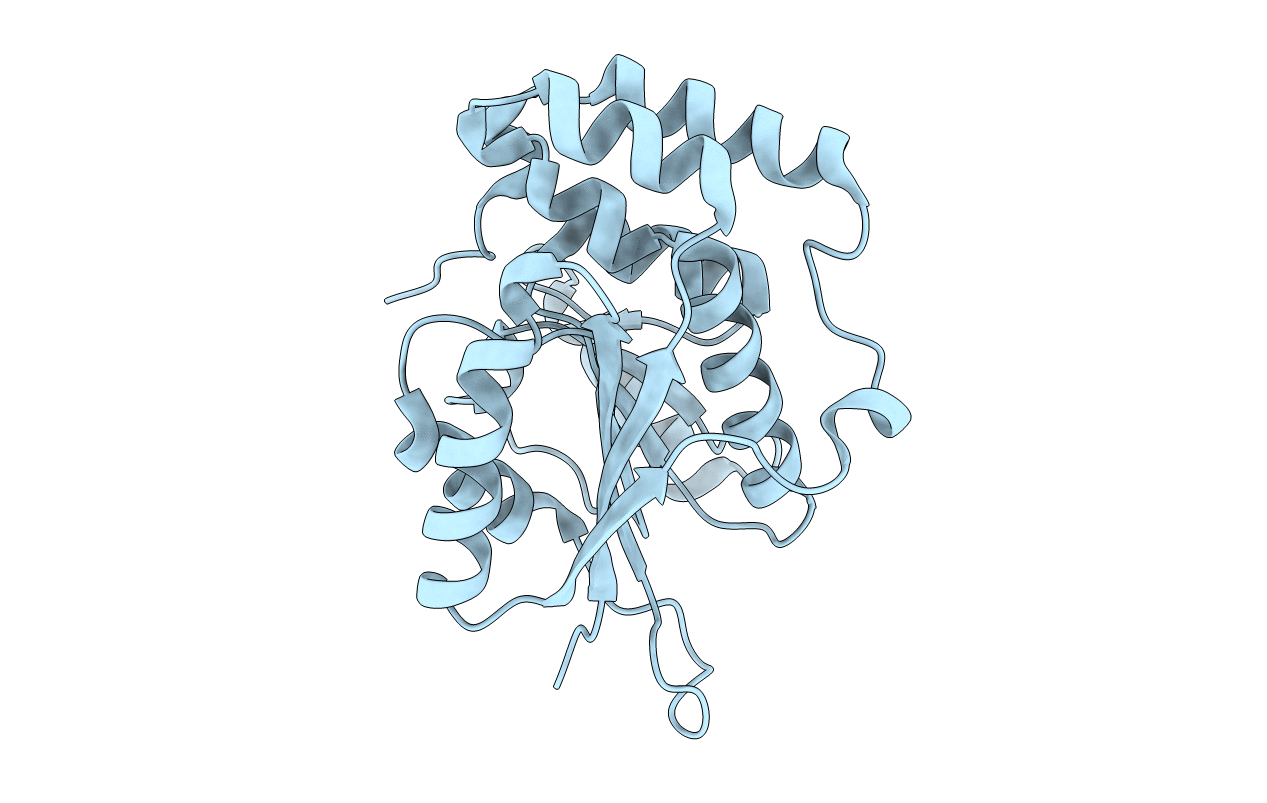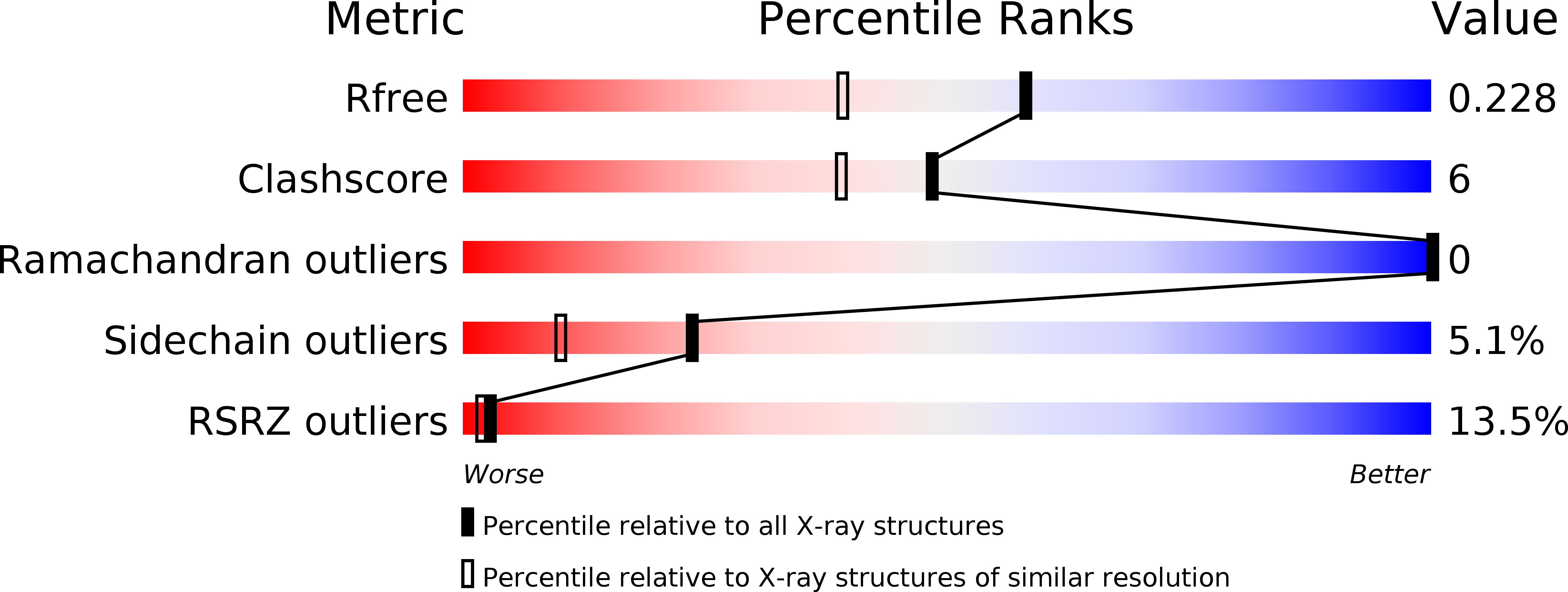
Deposition Date
2012-04-20
Release Date
2013-01-30
Last Version Date
2023-09-13
Entry Detail
PDB ID:
4ERN
Keywords:
Title:
Crystal structure of the C-terminal domain of human XPB/ERCC-3 excision repair protein at 1.80 A
Biological Source:
Source Organism:
Homo sapiens (Taxon ID: 9606)
Host Organism:
Method Details:
Experimental Method:
Resolution:
1.80 Å
R-Value Free:
0.23
R-Value Work:
0.20
R-Value Observed:
0.20
Space Group:
P 21 21 21


